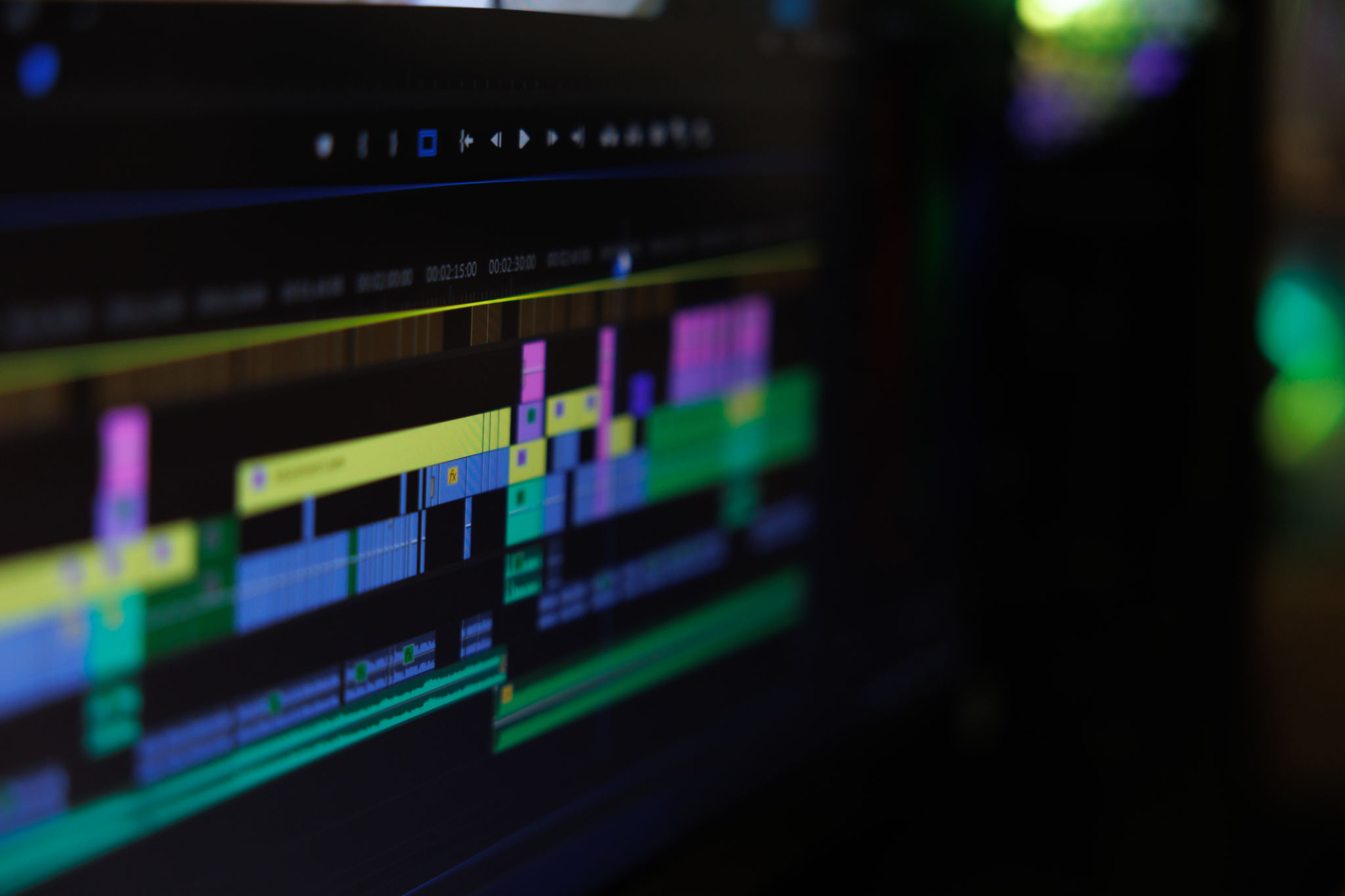The Ultimate Guide to Professional Video Editing: Tips and Techniques
Understanding the Basics of Video Editing
Video editing is an essential skill for anyone looking to create professional-quality videos. It's the process of manipulating and rearranging video shots to create a new work. Mastering video editing involves understanding the core concepts and utilizing the right tools to bring your vision to life. Whether you're an aspiring filmmaker or a content creator, knowing these basics will set you on the right path.

Choosing the Right Software
The first step in professional video editing is selecting the appropriate software. Popular choices include Adobe Premiere Pro, Final Cut Pro, and DaVinci Resolve. Each has its unique features, and your choice will depend on your specific needs and budget. Consider starting with a trial version to find the best fit for you. Remember, the right software can enhance your workflow and make editing more intuitive.
Essential Techniques for Professional Editing
Once you've chosen your software, it's time to delve into the techniques that define professional video editing. One fundamental technique is cutting on action. This involves cutting from one shot to another while the subject is in motion, creating a more dynamic and seamless transition. Another crucial technique is color correction and grading, which ensures that your footage maintains consistency and conveys the right mood.

Audio Editing and Mixing
Audio plays a pivotal role in video production. Professional video editing requires attention to sound quality, which includes everything from background music to dialogue clarity. Use tools like equalizers and compressors to balance audio levels and eliminate unwanted noise. Remember, well-edited audio can significantly enhance the viewer's experience and overall impact of your video.
Advanced Editing Techniques
As you gain confidence in your editing skills, it's important to explore advanced techniques that can elevate your work. Incorporating visual effects can add a layer of sophistication to your projects. Techniques like masking and compositing allow you to create seamless transitions and stunning visuals that captivate your audience. Don't be afraid to experiment with different effects to find what works best for your style.

Using Transitions Effectively
Transitions help in guiding the viewer through your story smoothly. While it's tempting to use flashy transitions, sometimes simple cuts or fades can be more effective. The key is to ensure that transitions support the story rather than distract from it. Experiment with different styles and find a balance that complements your narrative.
Tips for Efficient Workflow
Efficiency is crucial in video editing, especially when working on larger projects. Organizing your footage and creating a structured workflow can save time and reduce stress. Use folders and labels to categorize clips, and create backups regularly to avoid losing valuable work. Additionally, taking advantage of keyboard shortcuts can significantly speed up your editing process.

Staying Updated with Trends
The world of video editing is constantly evolving, with new trends and technologies emerging regularly. Staying updated with these trends can help you remain competitive and innovative in your projects. Join online communities, attend workshops, and follow industry leaders to keep abreast of the latest developments in video editing.
Conclusion
Professional video editing is both an art and a science, requiring creativity and technical expertise. By mastering the tools and techniques outlined in this guide, you can transform raw footage into compelling stories that engage and inspire audiences. Keep practicing, stay curious, and continue refining your skills to excel in the dynamic field of video editing.
